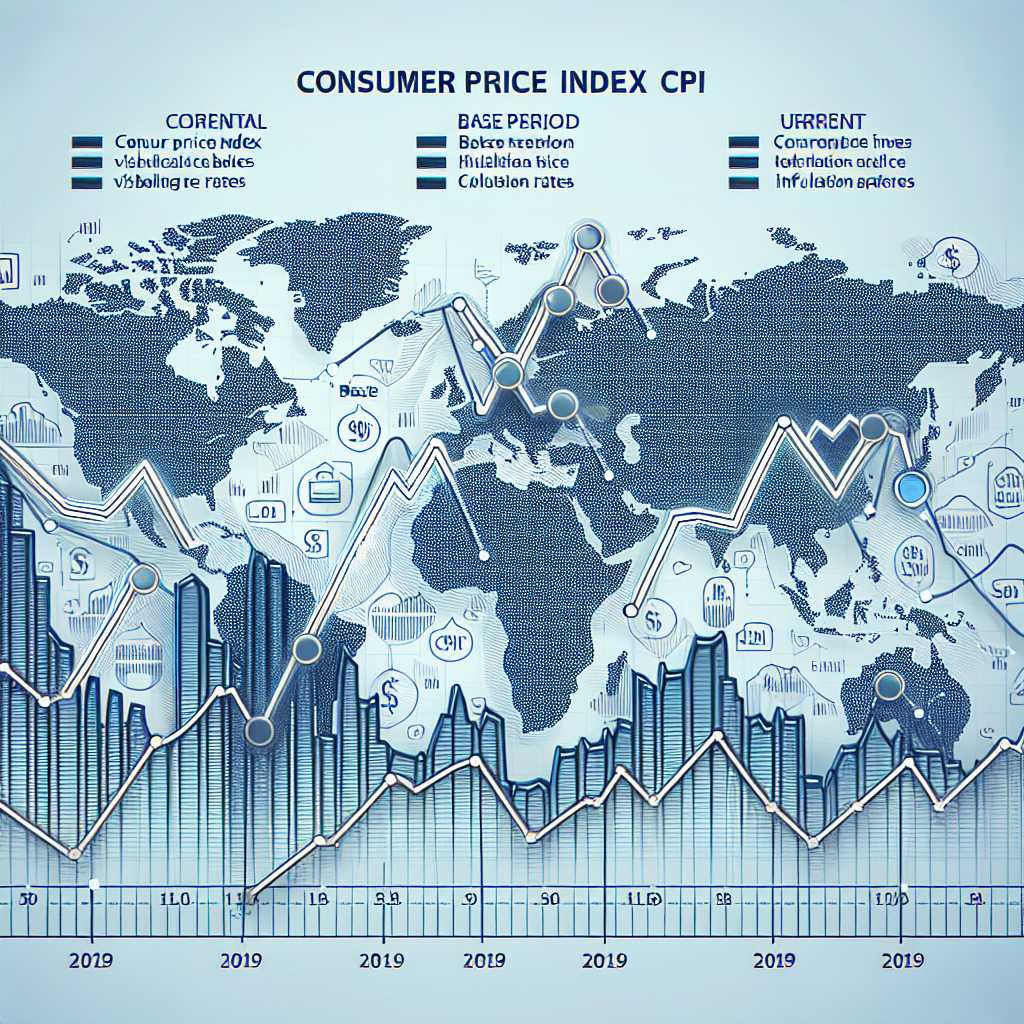Understanding the Consumer Price Index (CPI) and Its Implications on Economics
The Consumer Price Index (CIP), a crucial economic indicator, is instrumental in providing insights into inflationary trends and cost-of-living adjustments. This comprehensive exploration of CPI will dissect its definition, methodology, applications, and impact on various stakeholders including consumers, businesses, and policymakers.
Overview of Consumer Price Index (CPI)
The Consumer Price Index (CPI) serves as a statistical measure that examines the weighted average of prices of a basket of consumer goods and services, such as transportation, food, and medical care. CPI measurements are used to assess price changes associated with the cost of living; as such, CPI is a fundamental tool for understanding the purchasing power of a country’s currency.
Calculating the CPI
Calculating the CPI involves collecting data on the prices of thousands of items, which are categorized into groups and sub-groups. Sampling from cities across the country, the collecting agencies then track the price changes for each item in the predetermined basket over time. The prices in the current period are compared to the prices in a base period to determine the index value. To reflect the importance of different items on consumer spending, weights are assigned to various entries in the basket that proportionally influence the overall index figure.
Uses of Consumer Price Index
Adjustment of Economic Policies
CPI is a critical instrument for monetary policymakers. Central banks use it to make decisions regarding interest rates, aiming to control inflation and stabilize the economy. When CPI indicates rising inflation, policymakers might increase interest states as a countermeasure. Conversely, if deflation is showcased by falling CPI numbers, it could push policymakers toward more stimulating fiscal measures.
Indexing Social Security and Income
Governments often use CPI to adjust social security benefits and other public assistance programs to ensure that beneficiaries maintain their purchasing power despite inflation. Similarly, income contracts and collective bargaining agreements may include CPI clauses that adjust wages as per changes shown in the index.
Guide for Investors
Investors closely watch CPI figures to make informed decisions about investment allocations. Rising inflation indicated by increasing CPI can influence interest rates and therefore affect bond prices, yields, and stock market returns.
Business Pricing Strategies
Businesses employ CPI data when setting prices for their products or services. Recognizing changes in costs attributed to supply chains allows companies to appropriately adjust their pricing strategies to maintain profit margins and remain competitive.
Consumer Perspective
Consumers may use CPI data to understand trends in price increases and modify their budgeting accordingly. It is also essential for consumers considering adjustable-rate loans which directly reflect inflationary trends as measured by CPI.
Impact of Consumer Price This monthly data aids financial planning from personal budgets all way through government fiscal policies.]
Price Index
Definingation relies heavily on CPI numbers. For instance, fixed-income recipients benefit or suffer from modifications in pension or welfare payments affected by inflation or deflation rates reflected by CPI movements.
Moreover, during periods of high inflation indicated by rising CPIs, savings can diminish in purchasing power causing consumers to adjust their investment strategies to mitigate this loss.
Inflation Targeting and Monetary Policy
Central banks often target an inflation rate—which relies heavily on understanding movements in the CPI—as part of monetary policy objectives. Small, stable increases in CPI are generally favored as they can drive economic growth without leading to hyperinflation.
Challenges and Limitations of CPI
While prevalent, there are limitations and challenges in using the CPI including substitution bias, quality changes that may not be fully captured, and new product biases.
Substitution bias occurs when consumers change their purchasing habits due to changes in relative prices but the CPI basket remains unchanged. Assessments for improvements or deterioration in product quality can also affect reliability as accurate adjustments can be difficult. Lastly, with constant innovation especially in technology sectors – online services or eco-friendly products – it can be challenging for CPI measures to integrate new products rapidly enough into their computations.
Notes
Image Description: A detailed line graph displaying current trends in Consumer Price Index (CPI) statistics with labels identifying key points such as base period, current period statistics, and marked fluctuations to visualize inflation rates over time.
